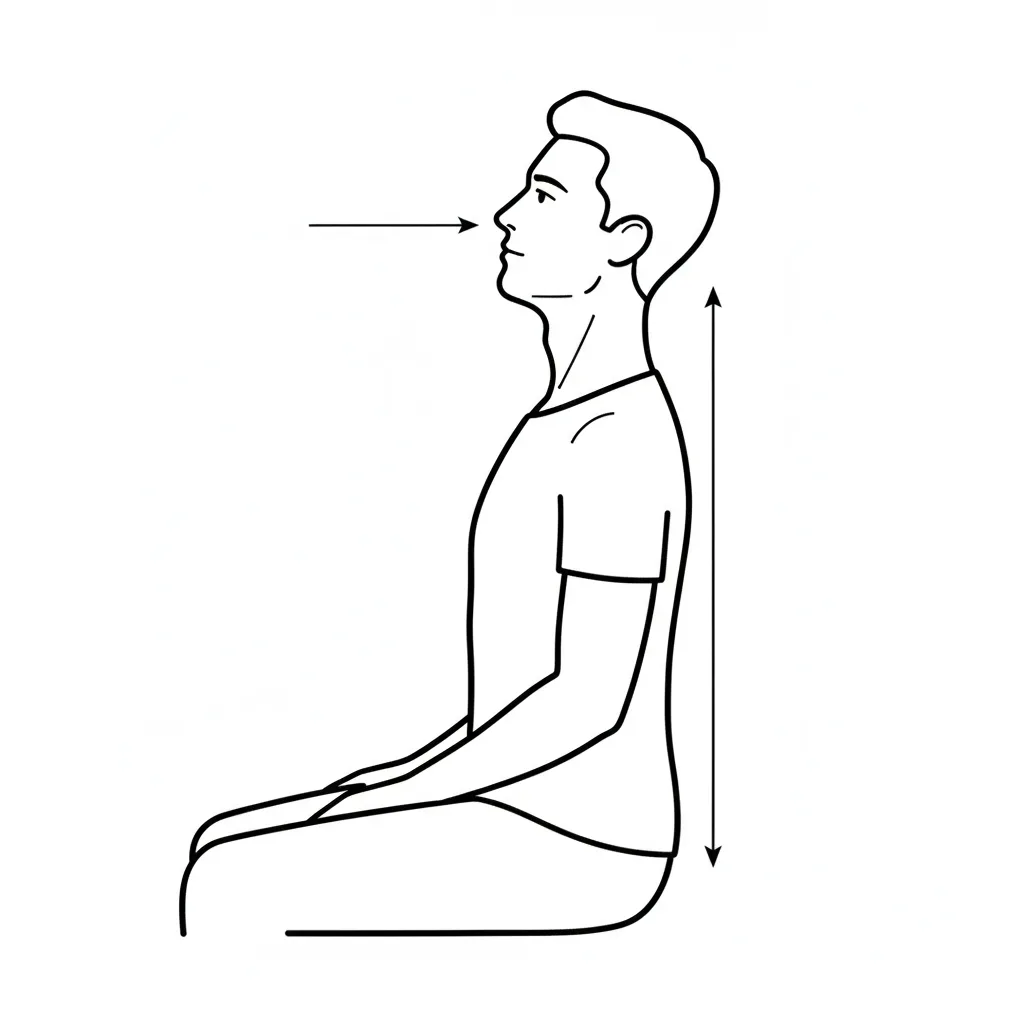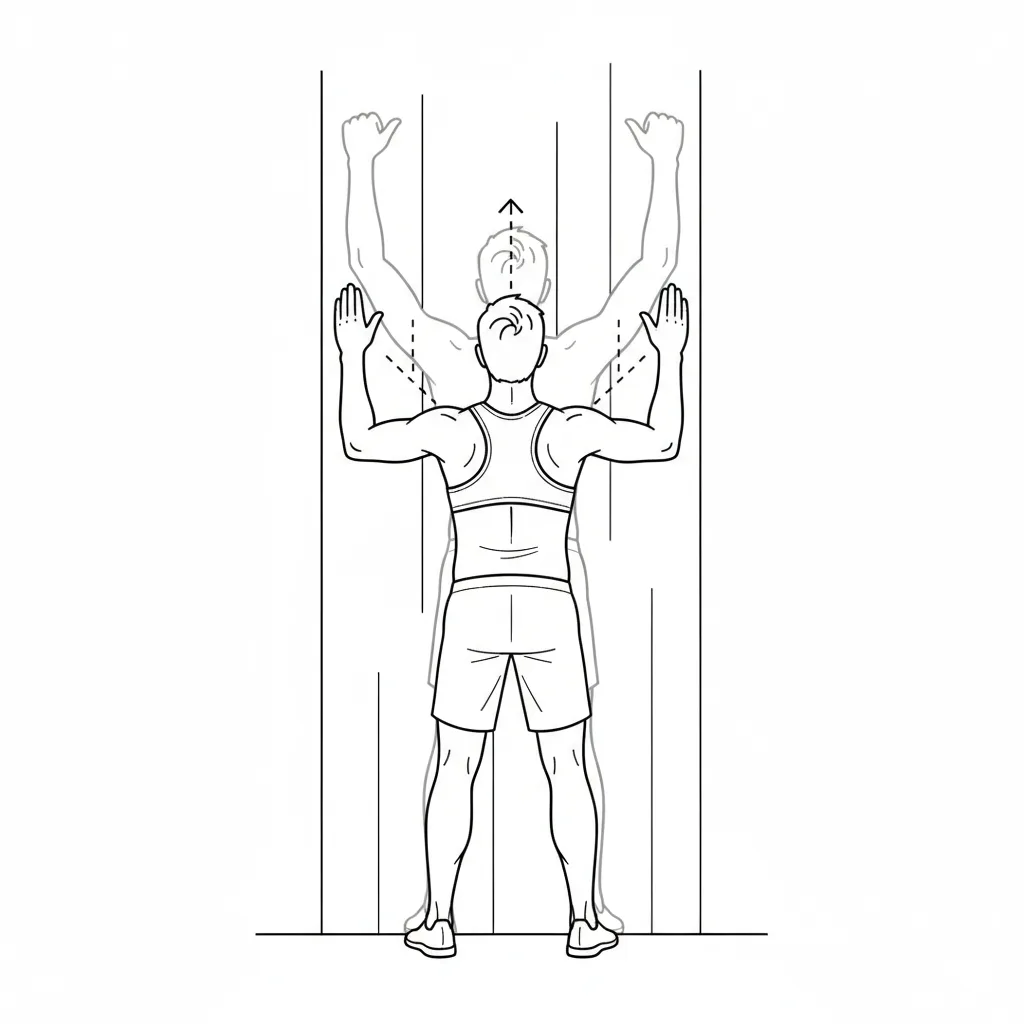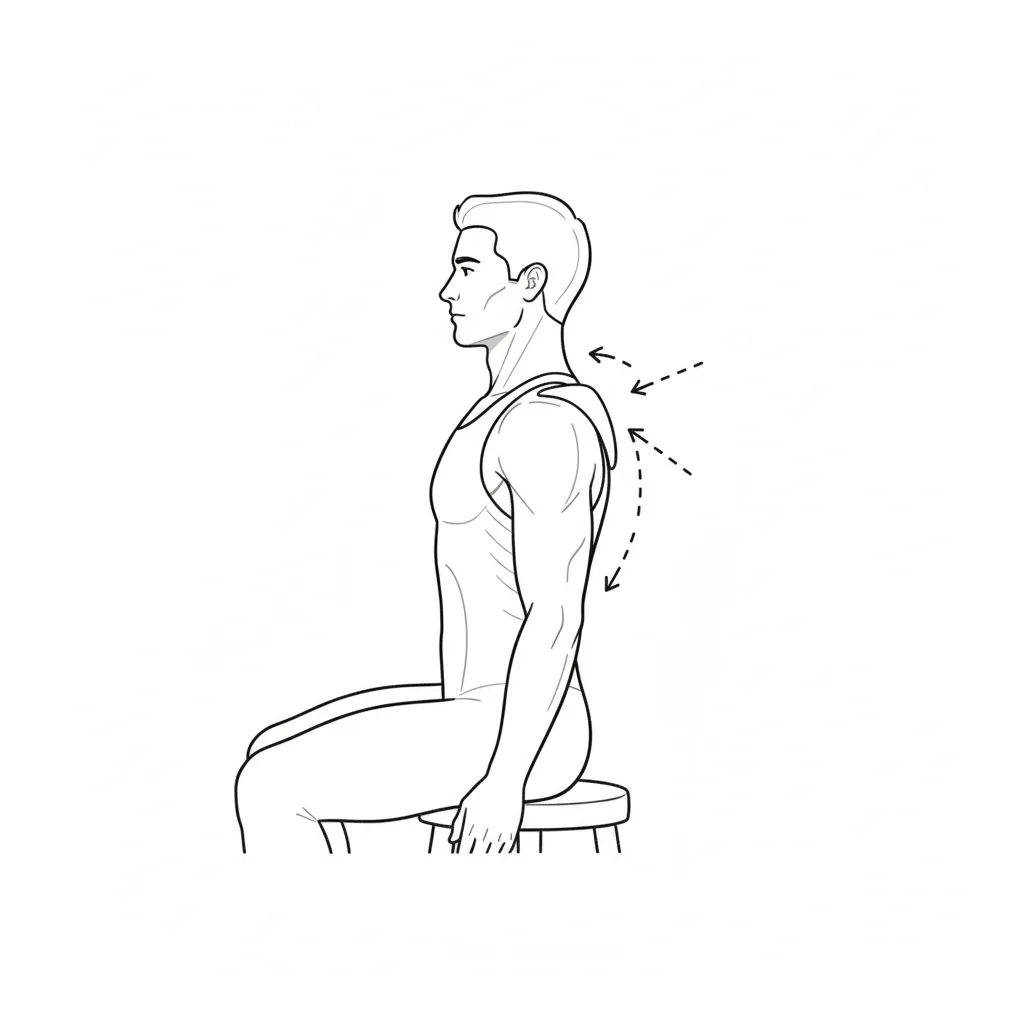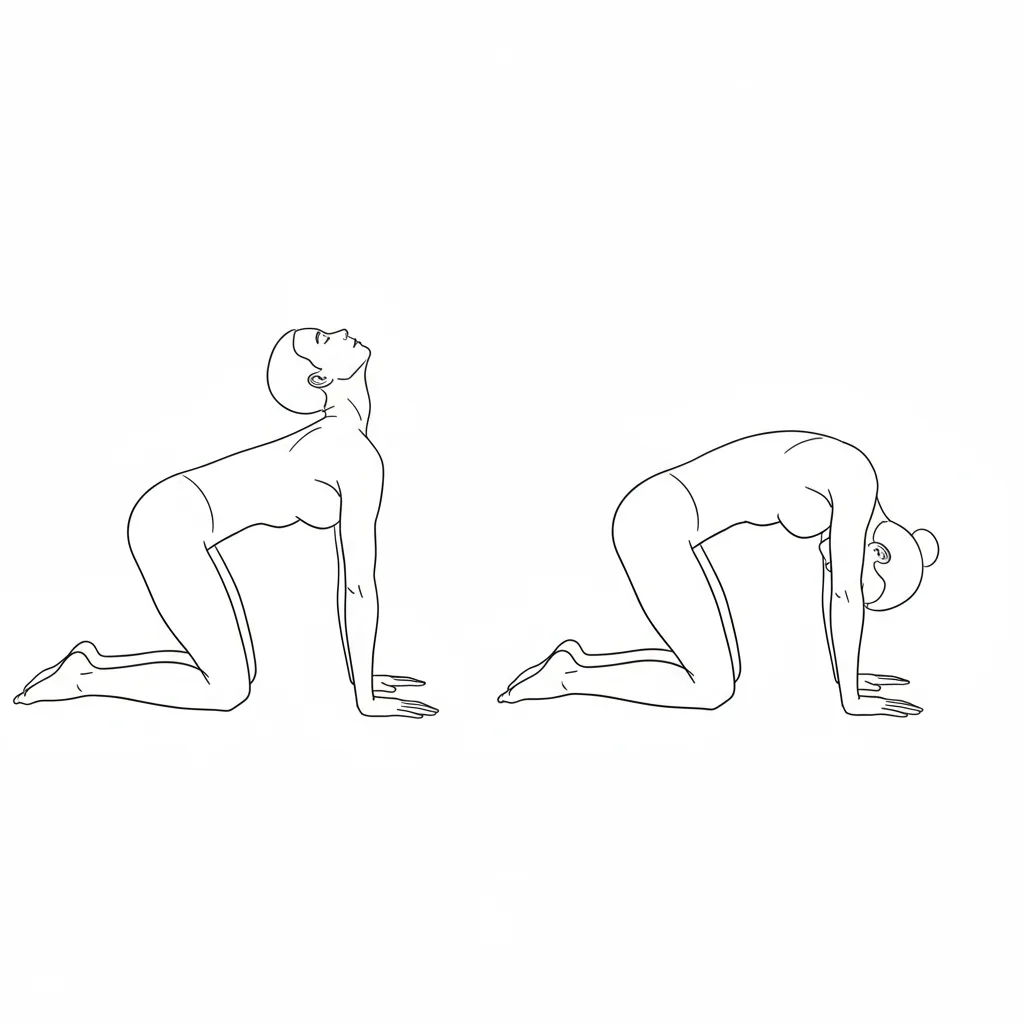
Understanding Tech Neck
“Tech neck” describes pain and discomfort from prolonged digital device use, primarily due to poor posture. Tilting the head downwards for extended periods strains the cervical spine, leading to various musculoskeletal issues.
The primary causes of tech neck include inadequate ergonomic setups, especially in work environments, and the increasing amounts of time spent on devices. As employees and individuals alike find themselves tethered to their screens, whether for work or leisure, the incidence of tech neck is on the rise. Symptoms typically include neck pain, headaches, shoulder stiffness, and even upper back discomfort. If left unaddressed, it may lead to chronic pain or further complications, adversely affecting one’s quality of life.
Addressing tech neck is essential not only for reducing discomfort but also for enhancing overall health and productivity. Poor posture can lead to diminished concentration, elevated stress levels, and decreased efficiency in daily tasks. By correcting these postural habits and integrating regular exercise and stretching into one’s routine, it is possible to mitigate the adverse effects associated with prolonged screen time. Understanding the implications of tech neck and recognizing its influence on our well-being serve as a crucial first step in fostering healthier habits in our digital age.
The Importance of Exercise for Tech Neck Relief
With the rising prevalence of technology use in modern society, many individuals find themselves experiencing tech neck, a condition characterized by discomfort and pain in the neck due to prolonged periods of looking down at devices. Engaging in specific exercises is fundamental to alleviating the symptoms associated with tech neck. Such exercises not only target the neck muscles but also promote better posture and overall spinal health.
Strengthening the neck muscles through targeted exercises can significantly contribute to the relief of tech neck symptoms. When the neck and surrounding musculature are adequately strengthened, they become better equipped to support the head, reducing strain on the muscles and ligaments. This, in turn, leads to improved posture, as exercises focused on the neck also often promote awareness of body alignment, encouraging individuals to maintain a more ergonomic position while using technology.
Moreover, incorporating regular physical activity into one’s routine has far-reaching health benefits beyond just alleviating tech neck discomfort. Consistent exercise increases blood circulation to the neck area, promoting healing and facilitating muscle recovery. Additionally, physical activity is known to release endorphins, which can help mitigate pain and enhance mood, creating a more holistic approach to managing the discomfort associated with tech neck.
In essence, exercise is a key component in addressing the discomfort related to tech neck. By focusing on exercises tailored to strengthen the neck and improve posture, individuals can not only alleviate their immediate symptoms but also foster long-term health benefits. This proactive approach to physical well-being is essential in navigating the challenges posed by our increasingly tech-driven lifestyles.
5 Simple Exercises to Combat Tech Neck
Tech neck has become a prevalent issue among individuals who spend extensive hours in front of screens, leading to neck and shoulder discomfort. To alleviate these symptoms, physical therapists recommend several effective exercises that can be easily performed at home. Below, five exercises designed to combat tech neck are outlined in detail, providing clear and safe instructions.
1. Chin Tucks:

Start by sitting or standing with a straight back. Gently pull your chin towards your neck, ensuring you maintain a neutral spine position. Hold for 5 seconds, then relax. Repeat this movement 10 to 15 times. Chin tucks help strengthen neck muscles, reducing strain.
2. Wall Angels:

Stand with your back against a wall, feet about six inches away from the base. Position your arms in a “W” shape, with elbows bent at 90 degrees. Slowly slide your arms up the wall to form a “Y”, keeping your back and arms in contact with the wall throughout. Return to the starting position and repeat 10 times. This exercise promotes shoulder mobility and posture correction.
3. Shoulder Blade Squeezes:

While sitting or standing, draw your shoulder blades back and down, as if you’re trying to pinch a pencil between them. Hold for 5 seconds, then release. Aim for 10 to 15 repetitions. This movement strengthens the upper back muscles, combating the rounded shoulder posture associated with tech neck.
4. Neck Stretch:

While seated, tilt your head to one side, bringing your ear toward your shoulder. Hold the position for 15 to 30 seconds, feeling the stretch along the opposite side of your neck. Switch sides and repeat. Perform this exercise 2 to 3 times on each side to relieve tension in the neck muscles.
5. Cat-Cow Stretches:

Start in a tabletop position on your hands and knees. Inhale as you arch your back and lift your head (cow), then exhale as you round your back and tuck your chin (cat). Repeat this sequence 10 times, focusing on the movement within your spine. This dynamic exercise helps improve spinal flexibility, reducing tech neck symptoms.
Incorporating these exercises into your routine can significantly enhance your posture and decrease discomfort associated with tech neck. For better understanding of these movements, refer to helpful images or demonstration videos online to ensure proper form and technique.
Creating a Tech Neck Prevention Routine
Incorporating exercises aimed at alleviating tech neck into your daily routine is essential for long-term relief and prevention. A consistent approach can significantly diminish the discomfort associated with prolonged screen time. Start by dedicating a specific time each day for these exercises, ideally in the morning or evening when you can focus without distractions. Mornings can set a positive tone for your day, while evenings offer the ideal opportunity to unwind while tackling any tension built up during the day.
When creating a prevention routine, consider performing these exercises at least five times a week. This frequency ensures that the muscles and joints targeted become accustomed to the movements, promoting increased flexibility and strength over time. If possible, schedule brief sessions throughout your workday, particularly if your job involves long hours at a computer. Taking short breaks every hour to perform basic stretches can be beneficial in mitigating the strain commonly associated with tech neck.
Moreover, ergonomic adjustments to your workspace are crucial for long-term relief. Ensure your computer screen is at eye level, minimizing neck strain when looking down or up. Using an adjustable chair that supports the natural curve of your spine and utilizing a standing desk can promote better posture. Additionally, consider the placement of your keyboard and mouse to ensure they are within comfortable reach, encouraging a more neutral arm and wrist position.
Consistency is key in solidifying these habits. Recording your progress or setting reminders can create accountability, helping to maintain motivation. Incorporating these exercises into your daily routine, alongside making ergonomic adjustments, can effectively prevent the debilitating effects of tech neck and enhance overall well-being.
Tech Neck: Causes, Symptoms, and How to Prevent It
For more detailed resources, see the [American Chiropractic Association’s advice].

